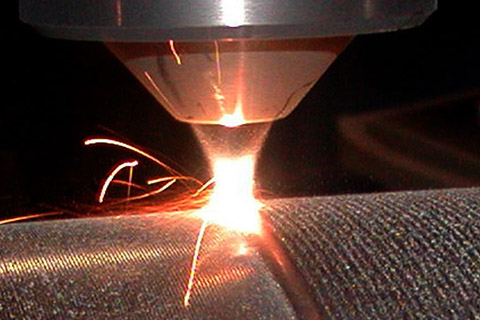Lasers for cladding
The world is still looking for new technologies that would help facilitate the repair and extend the life of heavily loaded bearing machines sized workpieces such as blades of jet machines or teeth on excavators. The moment when it came to market the possibility of applying a layer of material with different properties as the base in combination with a homogeneous laser beam width of up to 36 mm. Advantage of laser cladding in comparison with conventional technology is formation of diffusive transition between underlayer and cladding surface. In this case metallurgical bonding is created and both surfaces have high adhesion and strength with minimal heat affected zone and deformation of structure.
Laser cladding
For applications of laser surfacing mainly use diode lasers with outputs up to 10 kW or continuous fiber lasers. Of course there is the appropriate procedural optics.
Advantage of laser cladding:
- Local adding of lost material-repair of machinery
- Formation of highly resistant layers-prolonging component life
- Possibility of complex planar cladding deposit – using a robot or another manipulator
- Low porosity of the cladded material
- Increasing resistance to abrasion and corrosion
- Locally heat affected zone
- Variability of cladding materials:
– Ceramics –carbids, borides, nitrides
– Metals – nickel-chromic alloy, alloys on base Ti, Zr, Co, Fe, tool steel
– Composites – SiC/C, ZrO2/Ni
Contact us for more information about laser cladding.



Comments are closed.